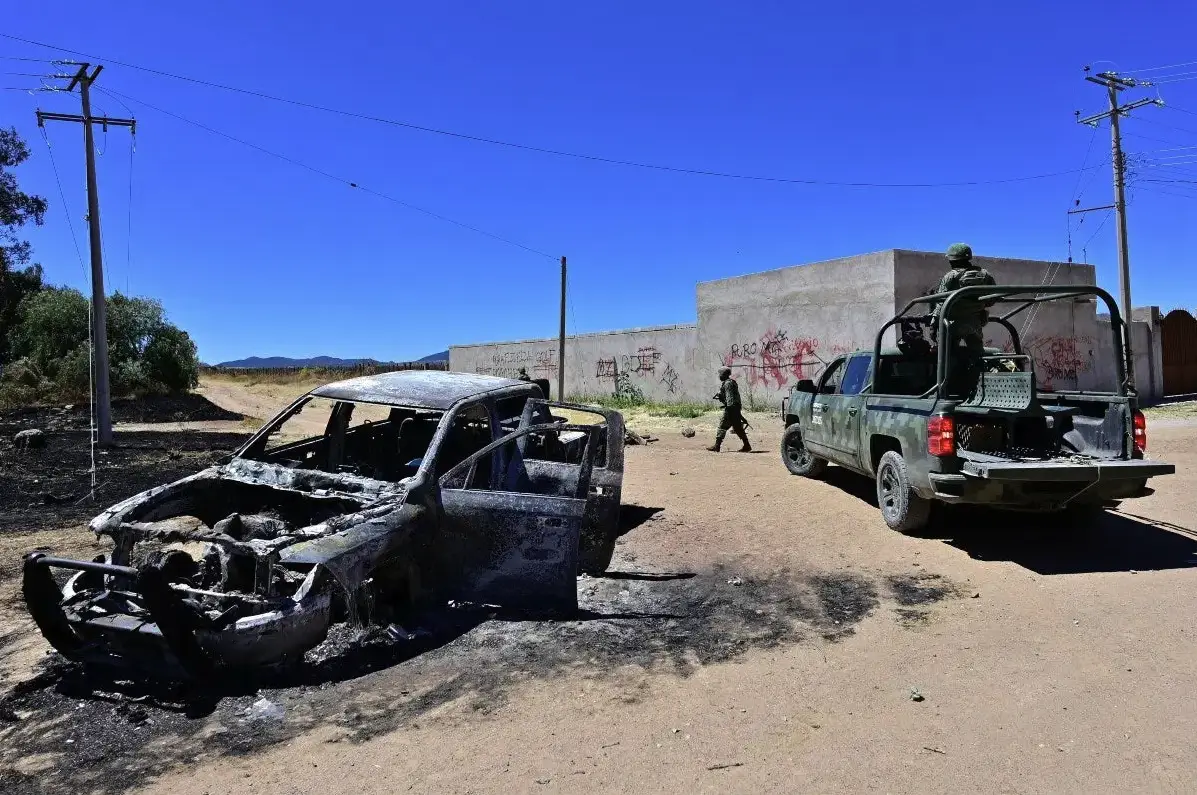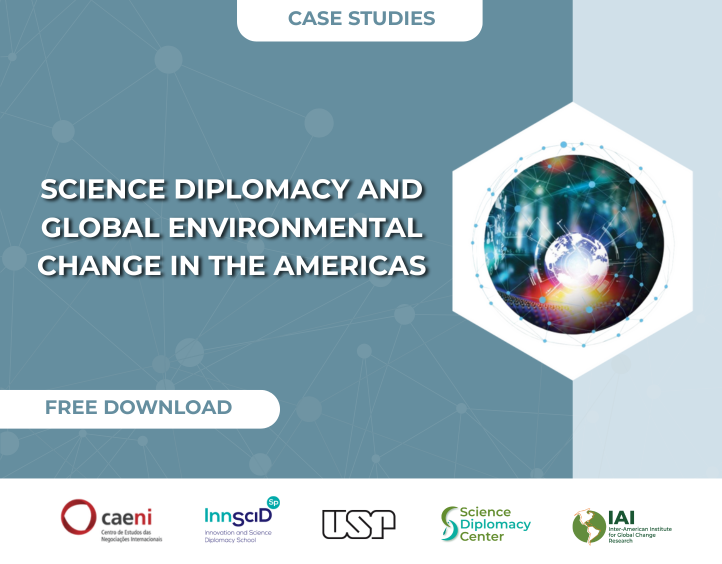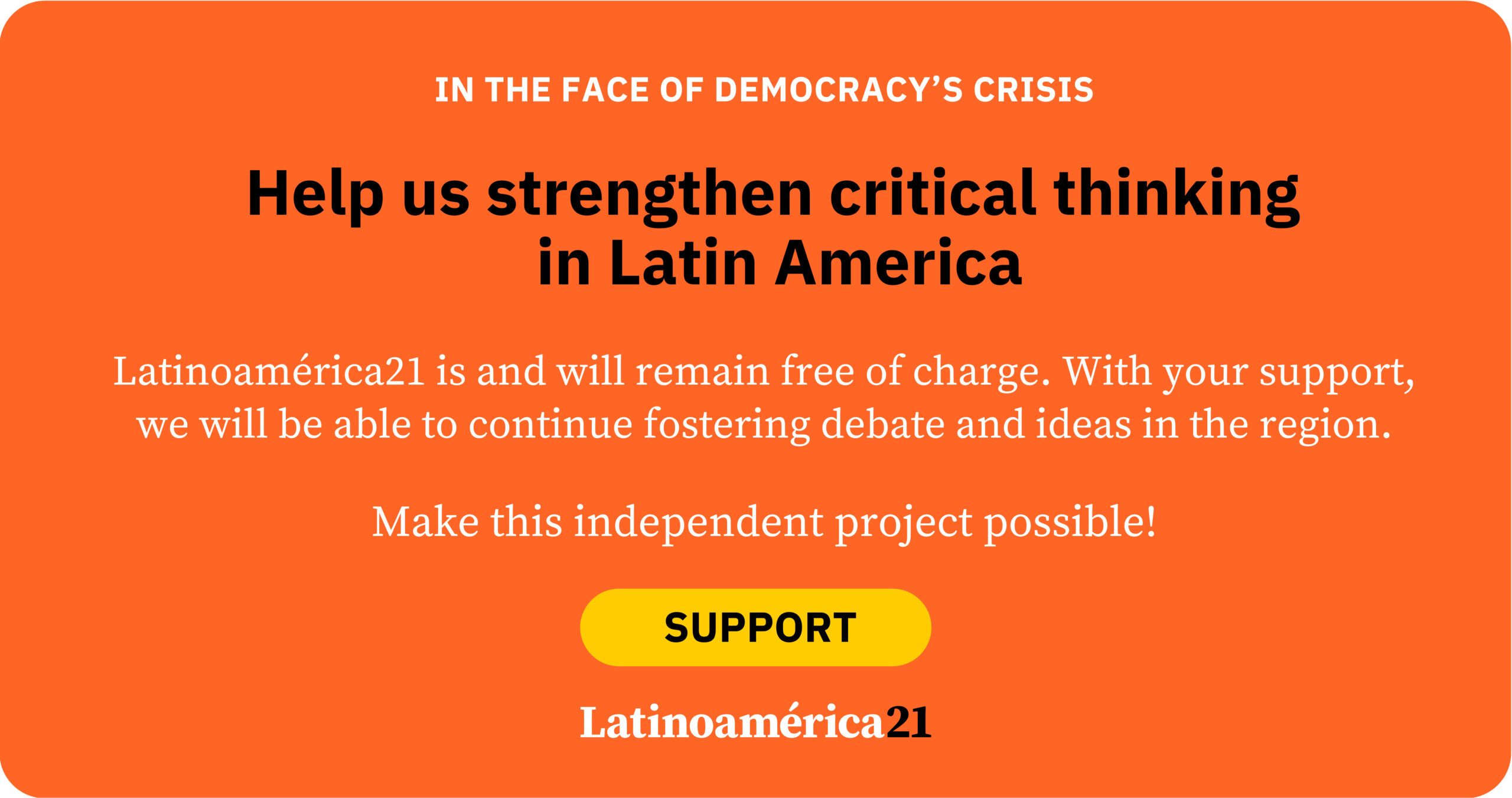In the Obradorist ideology, it was unthinkable to launch a new war against the narcos—partly because there is now suspicion that deals were made with organized crime, and partly because opposition to such a war was one of the key narratives that propelled former President Andrés Manuel López Obrador to power. He consistently and harshly criticized the confrontation initiated by President Felipe Calderón (2006–2012).
The “hugs, not bullets” policy of the former Mexican president empowered the drug cartels, and its effects spilled onto the streets of the United States, where designer drugs (fentanyl, methamphetamines) proliferated like never before.
However, the electoral campaign and Donald Trump’s return to the White House spotlighted the drug trafficking issue, highlighting that it was costing 100,000 American lives a year. That surely struck a chord with the average American and hurt the Democratic Party’s candidate.
“Donald Trump embodies what I want for my country,” said a white woman from the Midwest—a sentiment echoed by many who witnessed the destructive effects of these drugs in neighborhoods in Chicago, Philadelphia, or Los Angeles.
This segment of the population turned out en masse to vote for Trump, joining millions of others who, for ideological, political, or economic reasons, gave the New York politician a sweeping victory.
That resounding win shook the status quo—just look at the turmoil in global stock markets—but it also generated Trump’s own agenda with his trade partners. One key item: declaring war on the Mexican cartels, which he elevated to the status of “terrorist organizations” that must be destroyed.
It was a powerful message for President Claudia Sheinbaum, who had not made the direct confrontation with the cartels a priority. She likely saw them as part of the structure López Obrador had built for the first stage of the so-called Fourth Transformation, and believed it best not to disturb them beyond occasional arrests and seizures.
Sheinbaum had been inclined to continue that routine agenda in dealings with her main trading partner. However, Trump’s victory and his increasingly aggressive rhetoric against the cartels led to a direct confrontation with criminal organizations.
Trump increased the pressure by deploying spy ships in Pacific waters off the Baja California coast. Mexican skies saw surveillance aircraft capable of capturing images of homes in the Golden Triangle—the border region between the states of Sinaloa, Chihuahua, and Durango, traditionally a haven for drug lords. Additionally, the U.S. security agency presence in Mexico was reinforced.
Thus, the indulgent and criminal “hugs, not bullets” policy began to fade, leaving cartel leaders stunned. They have responded with a forward-escape strategy, creating an atmosphere of persecution and violence across different regions of the country—costing thousands of Mexican lives and pushing the public’s fear perception beyond 61%, according to INEGI. The myth López Obrador promoted—that “fentanyl is not produced in Mexico”—collapsed when Omar García Harfuch, the Public Security Secretary, recently stated that more than 800 laboratories have been destroyed.
The problem, however, isn’t just the cartels and their capacity to produce and distribute drugs on American streets. It also includes the entire political scaffolding that enables the business to function efficiently—something it could not have achieved without the complicity of politicians with drug lords or intermediaries.
And while one might think Trump would be pleased with the results of his pressure, that’s not the case. He bluntly stated that the Mexican government merely wants to make him “happy”—by sealing the northern border, making arrests and deporting drug lords, destroying labs, and even allowing U.S. agents to collaborate with Mexico’s national security system. They’ve even permitted spy flights and menacing naval patrols in Pacific waters.
But even with these surprising results, the pressure continues—both publicly and diplomatically.
Kristi Noem, the U.S. Secretary of Homeland Security, recently met with President Sheinbaum at the National Palace. Beyond the formal courtesies, the headline came when Noem, upon returning to the U.S., revealed that she had handed Sheinbaum a list of requests to continue strengthening the good relationship between the two countries.
President Sheinbaum was stunned when tariffs became a reality. Although Mexico and Canada weren’t mentioned in Trump’s public list of targeted countries, that was because the tariffs had already been decided before the press conference: a 25% tariff would apply to imports of steel and aluminum, as well as to products not covered by the USMCA—representing roughly 50% of Mexico’s exports to the U.S.
In short, Trump’s pressure on Mexico has altered the policy upheld by Obradorism and now operates under the logic of Trump-style hard negotiation: “If the adversary yields at the first push, you can keep pressuring and gain more.” Some say that the list handed over through diplomatic channels includes the names of many currently serving politicians.
That’s the reality, amid an anti-crisis narrative that tries to sell the idea that defeats are victories and losses are gains. And now, the time has come to find out where President Sheinbaum draws her red line.
*Machine translation proofread by Janaína da Silva.














